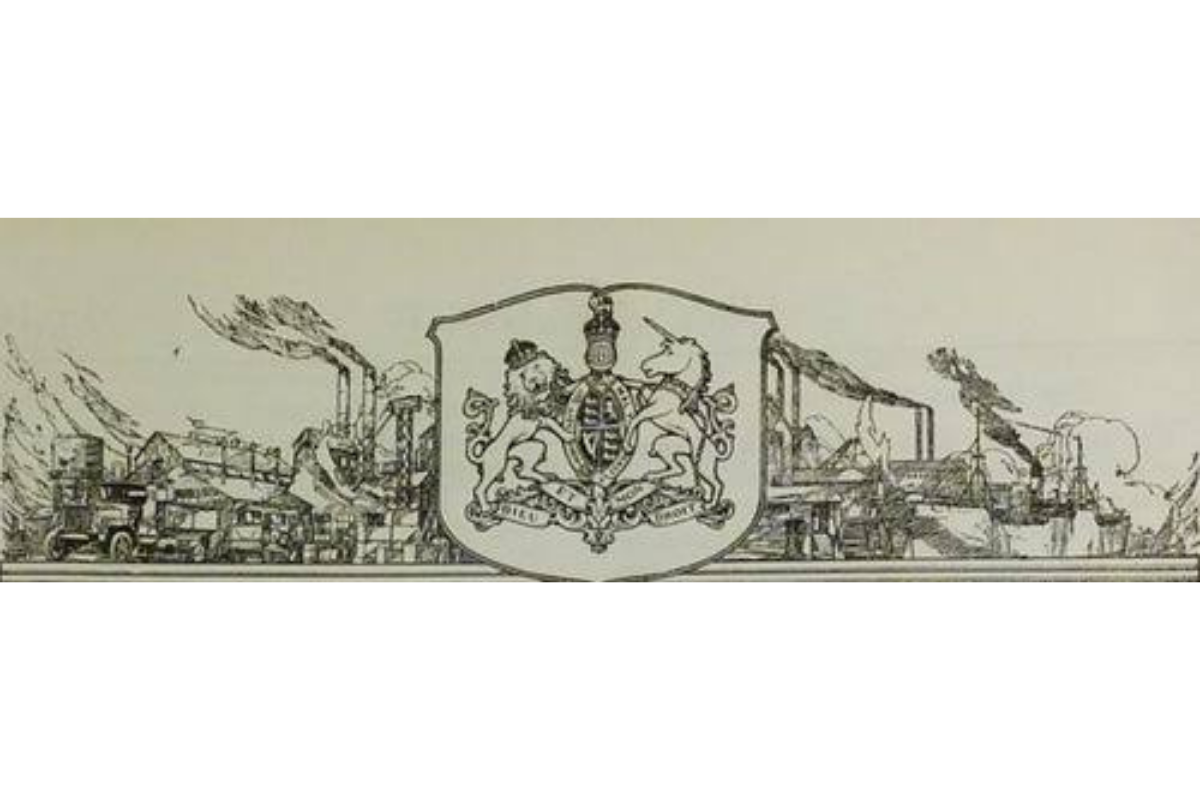Mr. L.J. Sedgwick, I.C.S., the provincial superintendent of the Census in Bombay Presidency, has compiled an interesting statement, published in the Bombay Labour Gazette, showing the occupations of the population of Bombay city and island. It is a busy population, like that of Calcutta and other cities.
A leisured class might be found indicated in the statistics under the head of “private income,” which is applied to persons living on dividends, house rent, or pensions, but not on rent of agricultural land. This category is so small, however, that for statistical purposes it has to be grouped with the professional classes, and the combined headings of “professions and private income” together only account for 2.2 per cent of the population. Most of the people in Bombay city are engaged in industry, trade, or some form of occupation – 25.8 per cent in industries, 11.8 per cent in trade, 6.4 percent in transport services, and 3.8 per cent in domestic service; while 7.2 per cent are “workers not assignable to any other head,” these including labourers of the general labour class.
Advertisement
Altogether, those classed as workers make up 61 percent of the population, while the remaining 39 percent are dependants. If the “civic spirit”exists in Indian cities, the fact becomes all the more creditable when the lack of leisured classes is borne in mind.











